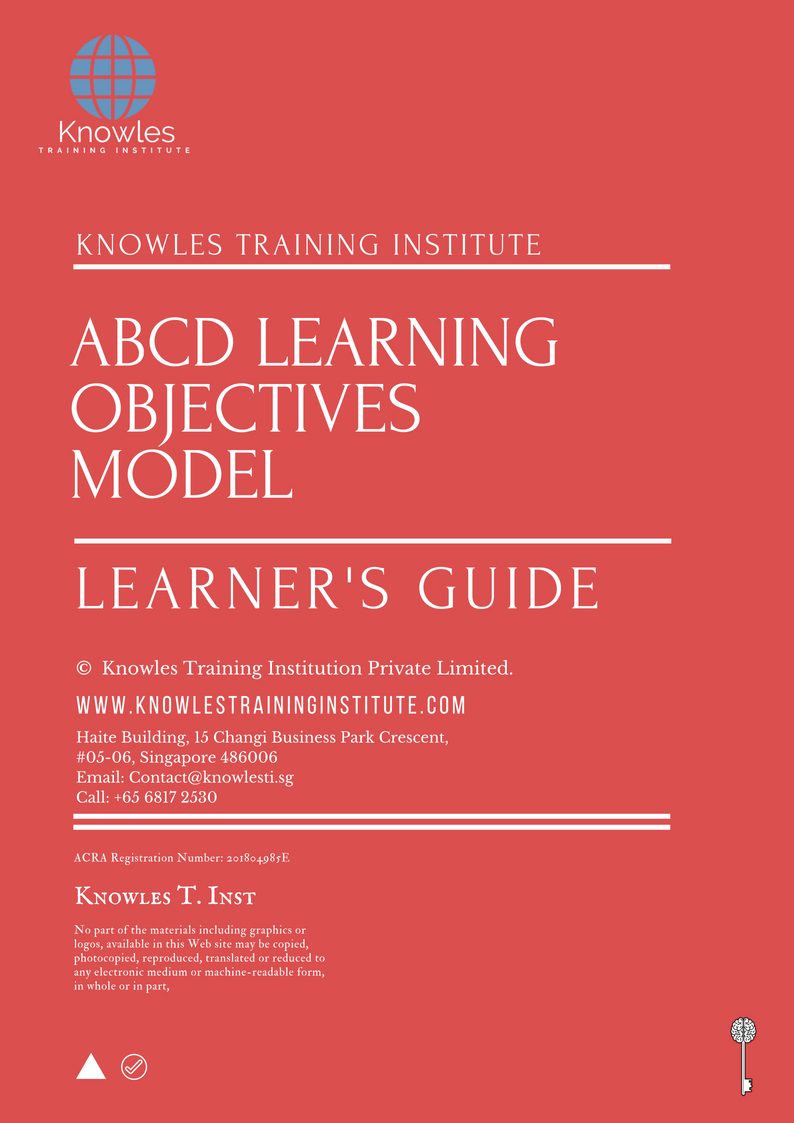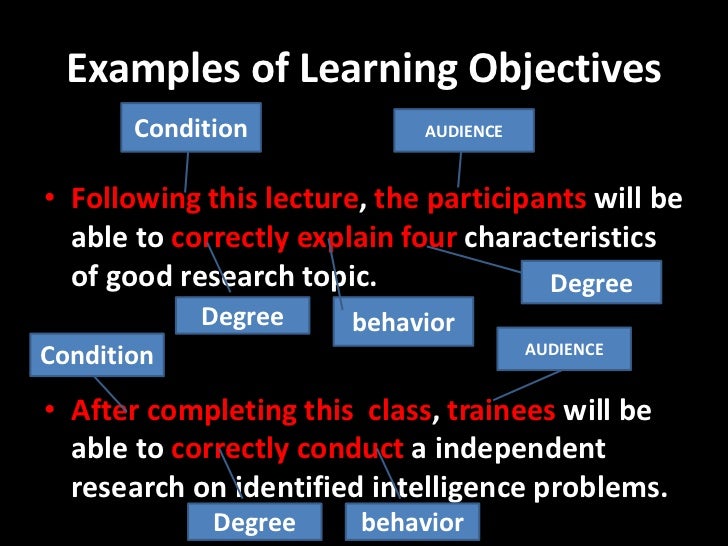
Note: People sometimes refer to this as the “observable verb” step because behaviors must be stated as a verb that you can observe: define, state, build, construct, change, etc. Yes, we do use knowledge on the job, but we use it to make decisions or perform tasks-focus your objectives on the things we do with knowledge on the job. That's the point of workforce training, after all-to teach people to perform their job tasks.Ī final note-be careful not to write objectives about employees "knowing" or "understanding," because (1) in most cases, people don't get paid to simply "know" or "understand" on the job, (2) it's impossible to observe if someone knows or understands, and (3) reasonable third parties can disagree if an employee knows or understands. Ideally, the behaviors of your learning objectives will mirror the real tasks the workers will actually perform on the job. So, for example, if your training is designed to teach a machine operator to operate a machine, the behavior in your learning objective would be something like "operate the machine" and not something like "explain the steps of operating the machine." And these behaviors should duplicate or closely resemble the task the employee will have to perform on the job. B is for BEHAVIORĮvery learning objective should state something that the learner must do-a behavior of some sort. Remember that your goal is to help real people perform necessary tasks on their real jobs. In other cases, you can leave the actor implicit and not state this directly, but be certain to keep the actor in mind when writing the objective. Note: In courses with multiple learning objectives, it’s fine to begin a list of objectives with something like “the learner must:” written only one time. Sometimes, your objective may refer to the "actor" in general terms such as "the learner" or "you." Other times, you may identify the actor by his or her job role, such as “the customer service representative” or “the press operator.” Regardless, remember that each learning objective states something that the actor must be able to do after the training. A is for ACTORĮvery learning objective should state something that the learner should do. The four parts can be remembered with the simple acronym ABCD, which stands for: It's not always the case that you'll need each of the four parts, but it's definitely a good idea to at least consider the need for each to ensure the learning objective is as clear, actionable, and measurable as possible. The Four Parts of an ABCD Learning ObjectiveĪ classic way to think about constructing a learning objective is that it should have four parts. If you don't write good learning objectives before you design, deliver, and evaluate your training, you're the proverbial ship sailing the ocean without a compass. Later evaluate your training to see if it was effective (in so-called "level 3" and "level 4" training evaluations).Let employees know what training will be about and what they will learn (this "primes" them to learn and provides the "what's in it for me?" or WIIFM aspect.Guide you in the creation of your learning content and learning activities, including only the content necessary to help employees learn to perform the skills and using learning activities that in fact DO help employees learn to perform those skills.



Job tasks that employees are supposed to learn and be able to perform after the training is over, with the assumption that teaching employees to perform those tasks will help the organization reach that larger goal.A larger goal that your organization is trying to reach-introduction of a new product or process, higher profits, compliance, or something like that.
Abcd objective examples how to#
Let's take a brief moment to explain what a learning objective is and why it's worth knowing how to write them well for job training and skill development.īefore you begin designing training, it's important to ask yourself what the purpose of the training is. What Is a Learning Objective & Why You Should Write them Well


 0 kommentar(er)
0 kommentar(er)
